When it comes to issuing an Initial Coin Offering (ICO) or Token Generation Event (TGE), there needs to be a compelling reason to invest other than some artificial price increase of the token over a very short period of time. Ideally, you would need a large enough network to drive demand for your token or coin. Combine your network with a healthy understanding of economic principals and you are likely to come out on top.
Become your own Chair of the Fed
The Federal Reserve controls (some would argue manipulates) the U.S. money supply buy buying (increasing capital) or selling (decreasing capital) bonds. Similarly, companies releasing their own token will need to consider the economics of token supply and demand and overall token velocity, which we have previously discussed.
The one thing the Fed has over a small token offering is a much higher level of demand for U.S. dollars than the coins or tokens of an unknown firm with little to no network effects. While the Fed has less control over demand, they can more easily manipulate interest rates and thus demand for capital by adjusting the supply-side.
How to drive demand long-term demand for your coin or token?
The ideal issuer of a token or coin will already have a large network from which to tap token investors. A large company with a network of customers, suppliers or buyers will have a more justifiable reason for releasing their own cryptocurrency where users can use it as a medium for buying and selling products and services. The most promising coins and tokens are those with either large, existing networks or those with a truly disruptive technology that, when applied to the blockchain, will garner the network as a byproduct of the hype (think the DAO or Filecoin).
Many of today’s token offerings are promoting their deal with future potential demand, assuming a good portion of the funds raised will be used to not only develop some novel tie to the blockchain, but also be able to create (most likely through traditional marketing) long term demand for their currency. How many of these so-called platforms will be able to deliver on a long-term network effects they are promising? I suspect those that raise enough and utilize their funding efficiently enough on the marketing side will have a higher probability of success, but significant risk remains. Other questions to ask:
- What are some of the reasons an investor or network would want to use a token long-term? Is there a viable product or service that would be in high enough demand to justify its own currency?
- Is there an existing following, network or user-base? If not, is there an eventual compelling reason to have one?
- Is the product or service (in most cases, some tech tied to the blockchain) disruptive or compelling enough to complete the previous two questions on its own?
There are many compelling reasons to link to the blockchain, including smart contracts for things like earnouts in M&A, but just because something works well on the blockchain, does not necessarily mean the issuer needs its own currency.
How to temper supply of your coin or token?
Sadly most future tokens are not likely to garner the massive network effects being promised by the issuers. However, tempering supply of a token–often referred to as slowing token velocity–is critical to maintaining long term viability.
Issuers can reasonably slow token velocity by creating an applicable vesting schedule artificially through smart contracts and implementing selling restrictions (some of which may already be required by SEC Rule 144). Such hard-stop/required restrictions are helpful, but other creative incentives that cause token buyers and investors to hold their coins actually creates a situation that avoids the potential for massive sell-offs after an initial token offering.
Selling and investing in tokens includes complex mechanics, including token economics, legal, technology and securities laws. What are some other ways to bolster token demand and or slow token velocity?
- How to Offset W-2 Income Taxes by Investing in Real Estate - July 19, 2024
- How to Invest in Real Estate Sight Unseen - July 16, 2024
- 19 Reasons Foreigners Should Invest in US Single-Family Real Estate - July 11, 2024

